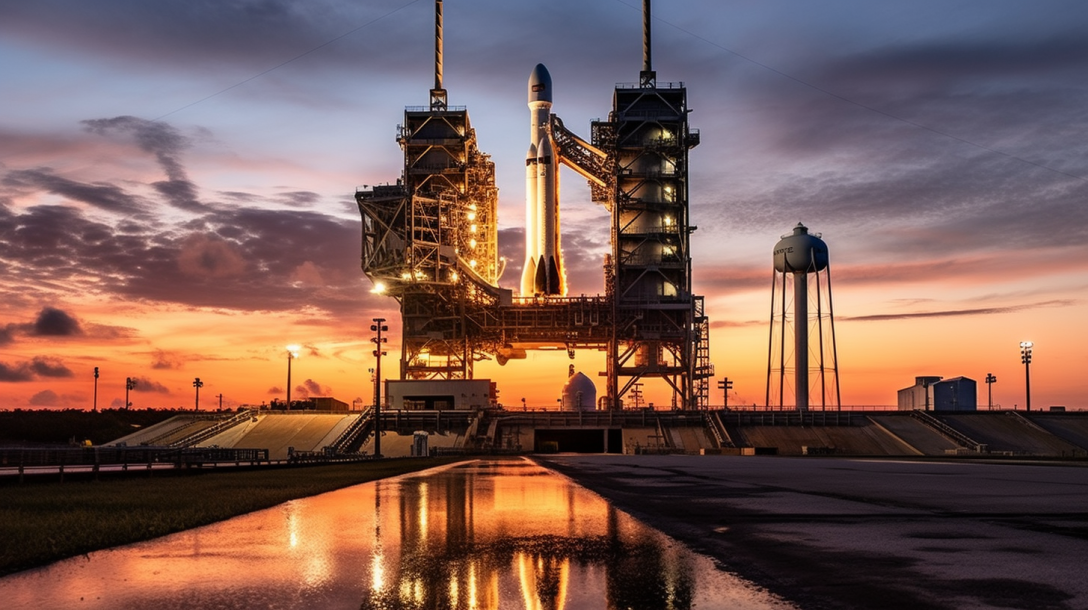NASA's SLS Program: A Case Study in Costly Space Exploration

Introduction
The Space Launch System (SLS) is a key component of NASA’s Artemis Moon landing program, designed to launch the crewed Orion spacecraft on a trans-lunar trajectory. Despite its ambitious goals, the SLS program has been marred by controversy, particularly regarding its high cost. This blog post delves into the details of the SLS program, its associated costs, and the political decisions that have contributed to its price tag.
The Cost of the SLS Program
NASA reports the official cost of the SLS as $11.8 billion, including $2.7 billion in formulation/design and $9.1 billion for development and implementation. By the Artemis I launch date, NASA is expected to have spent a total of $17.4 billion on the SLS Program. This figure includes preparation for Artemis II and III, new engine development, and improved Boosters. The cost per flight for the first four launches of the Artemis program is estimated to be $2.2 billion.
The Politics Behind the SLS Program
The high cost of the SLS program can be attributed in part to political decisions. The decision to provide jobs to constituents and lucrative contracts to donors has been a significant factor in the program’s ballooning costs. This approach, while politically advantageous, has resulted in a rocket that is significantly more expensive than existing alternatives.
Comparison with SpaceX’s Starship and Falcon Heavy
In contrast to the SLS, SpaceX’s Starship and Falcon Heavy programs offer more cost-effective solutions for space exploration. The Falcon Heavy, with reusable side boosters, costs $90 million per launch for a fully expendable variant and Starship is estimated to cost an order of magnitude less than the SLS per launch, with similar capabilities. This stark difference in cost highlights the potential for private companies like SpaceX to disrupt traditional space exploration efforts.
Implications for Future Space Exploration
The high cost of the SLS program raises important questions about the future of space exploration. If similar capabilities can be achieved at a fraction of the cost, the role of traditional space agencies like NASA could be significantly impacted. The success of cost-effective alternatives like Starship and Falcon Heavy could pave the way for a new era of space exploration, driven by private companies rather than government agencies.
Conclusion
The SLS program offers valuable lessons for the future of space exploration. While the program’s goals are commendable, its high cost underscores the need for more cost-effective solutions. As we look to the future, the success of programs like SpaceX’s Starship and Falcon Heavy suggests that the future of space exploration may lie in the hands of private companies, rather than traditional space agencies. Wether we like it or not.